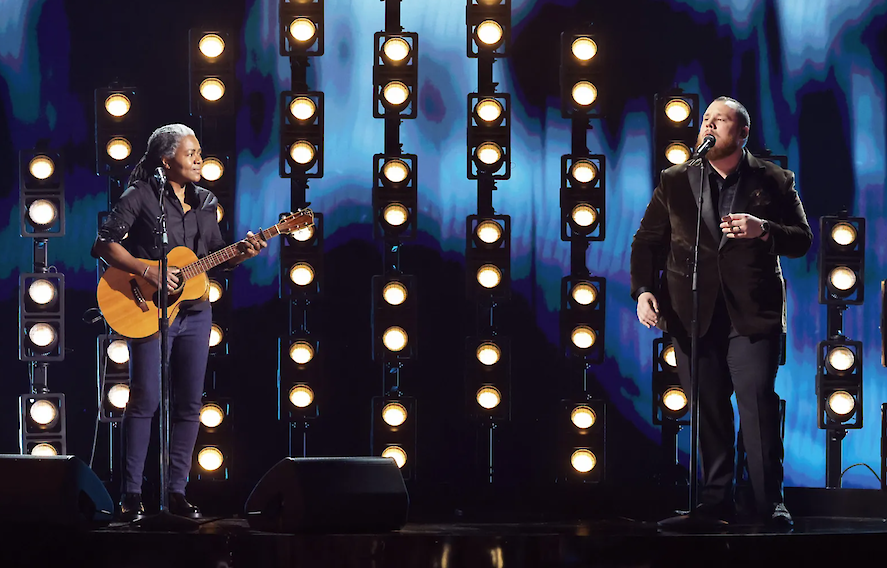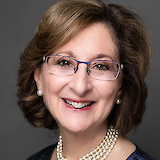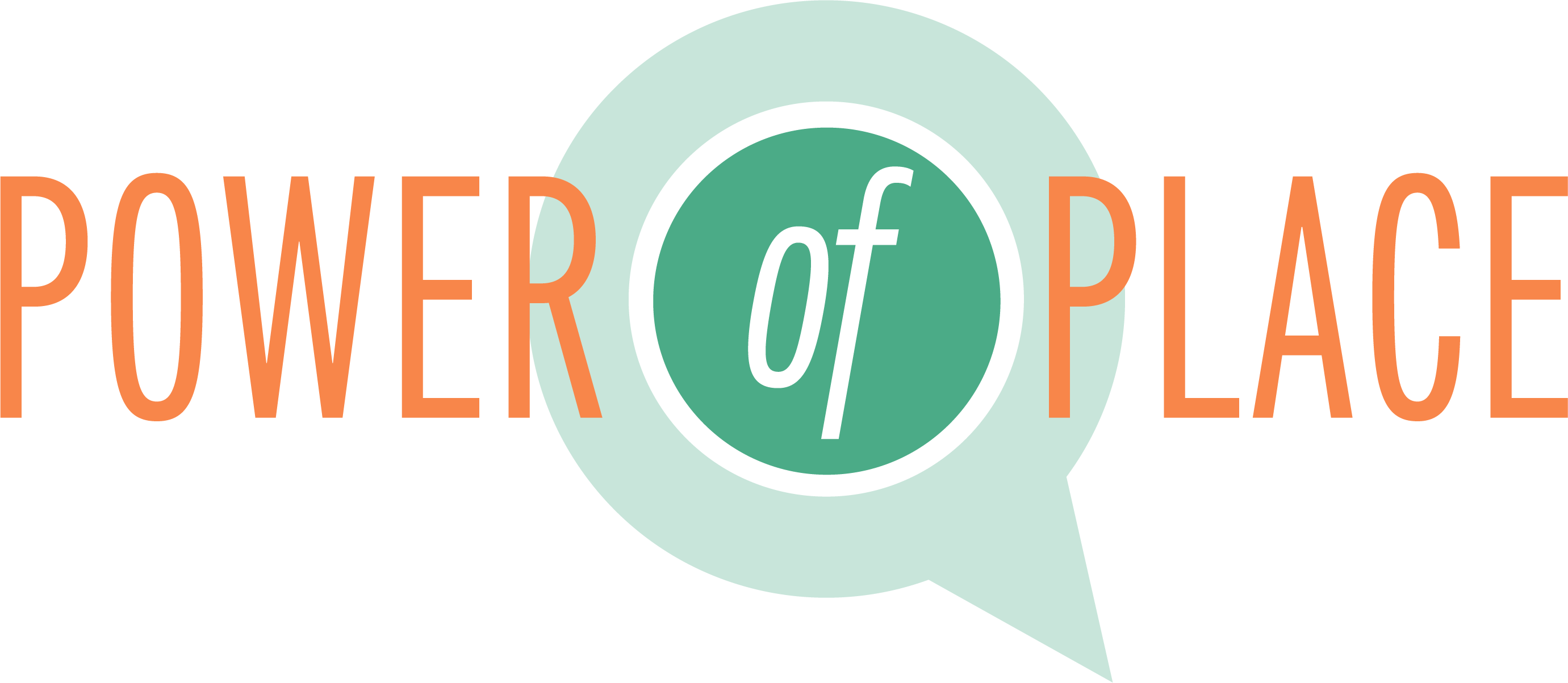February 9, 2024 Read Time:
StorytellingDiversity
Tracy Chapman entered my life on a cool spring day in 1988 when, ironically enough, I was behind the wheel of my grey Toyota, sitting in rush hour traffic. I hadn't heard the song before; it stopped me in my tracks, prompting me to pull off to the side of the road to listen without distraction. The melody was pure and unfettered, the tuning at once both haunting and sweet, the lyrics poignant and straightforward.

I would soon learn that my reaction to "Fast Car" was widely shared. Within the first two weeks of its release it sold a million copies. It reached No. 1 on the U.S. Billboard 200, and since then has been certified Platinum six times over. It was nominated for six Grammys, including Album of the Year, Best Contemporary Folk Album, Best New Artist, and Best Female Pop Vocal Performance.
Fast forward to 2018. Aspiring young country artist Luke Combs listened to "Fast Car" while driving with his father in a brown 1988 Ford F-150 with a cassette player. Chapman’s song captured his attention, and he taught himself how to play it on the guitar. Six years ago, he recorded and released his own version, which peaked at No. 2 on Billboard's Hot Country Songs chart and No. 14 on Billboard’s Hot 100. His recording introduced a new generation to "Fast Car."
Watching the two share the stage at the Grammys in Las Vegas last week was awe-inspiring, not only for the extraordinary musical talent on display, but also because of the way they reached across so many divides. A queer black woman, late Baby Boomer, college-educated, folk singer-songwriter from the Northeast and a white, heterosexual, working class, Millennial, college dropout, Country Music star from the South. Think about that for a moment.
In our deeply polarizing times, it is refreshing and hopeful to see two people who, at first blush, seem so different from one another come together in literal harmony. The mutual respect between the two musicians was palpable, with Combs bending in subtle supplication to Chapman at the end - a student standing in reverence to his teacher. It saddens me that the themes in the 1988 song are still so resonant 36 years later, but watching this performance gave me hope.
The song itself shares a very specific story, but a particular refrain seems to resonate for many:
I have a feeling that I belong
I have a feeling that I can be someone, be someone, be someone
Isn't that what we all want? Isn't that what all our students want? When we recognize that belonging is the foundation for learning, when we realize that the need to be fully seen is universal, that is when we will reach across the multitude of divides to build a more harmonious and compassionate world.

